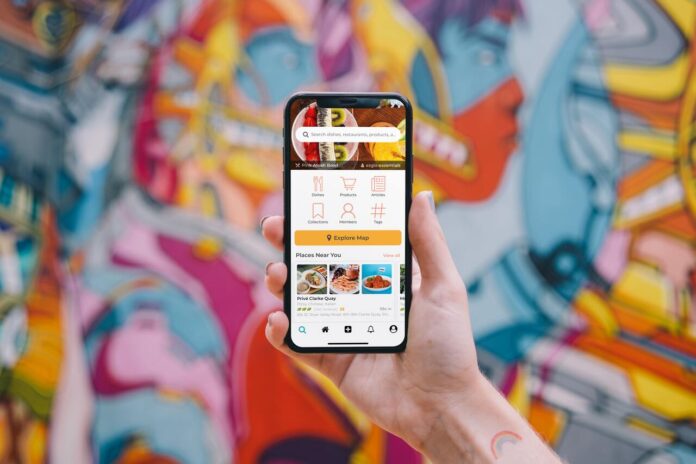Many of us like to believe that consumer trends are an autonomous phenomenon in which the public tends to spend their money exactly in the ways they want to. However, current, up to date technology provided by businesses is very much a key factor in consumers’ latest demands.
Delivery Tendencies: Mobile Robotics
Parcel delivery services have become more relevant due to the pandemic, as more consumers are turning online for their clothes, food, and miscellaneous shopping – with higher expectations over return policies and efficiency. 10 years ago, waiting a week when buying anything was pretty much acceptable – and it still is, but only for some specific products.
Instead, when purchasing something like groceries, consumers are now expecting same-day deliveries. Market leaders like Amazon started offering these same-day services, and now there is pressure to keep up on almost every business.
In fact, new partnerships, such as the collaboration between The Co-operative and Amazon, show that groceries can be delivered within 2 or 3 hours. In various towns in the UK, this delivery is executed by autonomous robots. Of course, nobody could demand such a far-fetched delivery service for their grocery online shopping, until it was proven to be possible. In the coming years, almost everybody in the UK will be getting groceries delivered within an hour or two.
Having AI decide for us
Another consumer trend, which shares some similarities with the previous one in terms of technological advances, is the reliance on AI to help us make a decision. For example, we can purchase refrigerators that monitor our stock using image recognition. When the refrigerator’s AI system sees that we are lacking stock, it automatically adds it to the shopping list – or even orders the missing products for us in a periodic, scheduled grocery store order.
Relinquishing such control over our groceries seems benign because it’s a hassle that we don’t generally enjoy. Similarly, there is now a growing trend of using AI to help us decide on finer tastes.
If we consider wine, it is clear that it’s extremely personal, and our preferences are often difficult to describe. Many consumers do not have the vocabulary or expertise to accurately describe why they enjoy a certain bottle of wine – they only know that they enjoy it. However, through AI-powered apps, we can list about 10 bottles of wine that we enjoyed to the software, and via Machine Learning, it discovers the common themes (i.e. subtle tasting notes) in the ones we enjoyed and identifies what we do and don’t in a highly accurate manner.
It seems reasonable then, to hand over our consumer habits to AI for our wine preferences, as it will produce highly accurate suggestions. In many cases, their results can be even more accurate than what we ourselves would come up with. Obviously, this is not just the case with wine, but also with cheese subscriptions, for instance, and, most probably, grocery shopping and fashion shortly.
This goes a step beyond personalized adverts, which the internet is now littered with. Whilst some people still don’t really align with these, others simply enjoy seeing adverts that are more relevant to them specifically. The future of such adverts will remain in the hands of data protection laws, whilst AI-powered suggestions are fully embraced and approved by customers.







